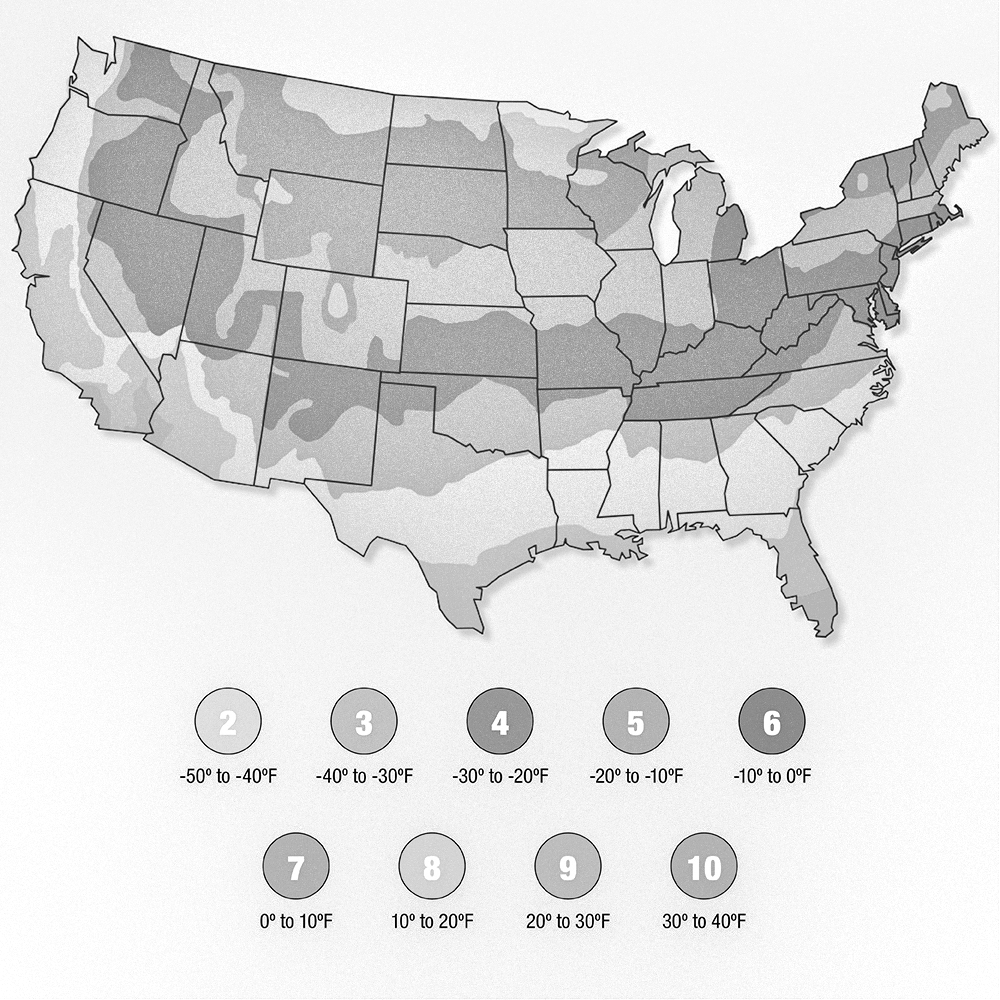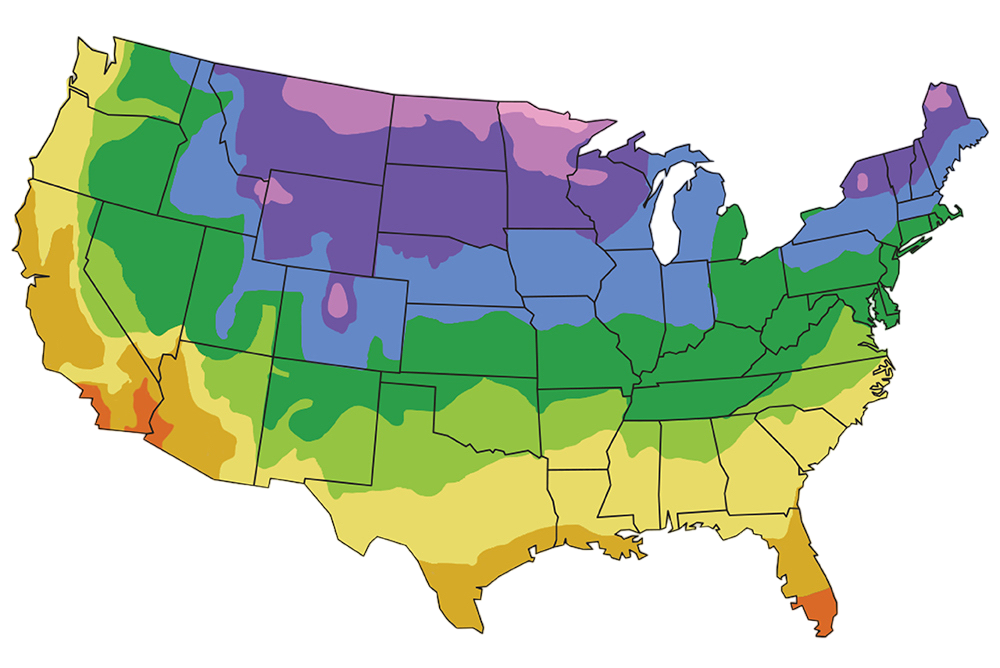







Cuphea Enchantia™ Lavender
Cuphea hybrida Lavender
86 reviews
Cuphea Enchantia™ Lavender
Cuphea hybrida Lavender
86 reviews
- Attracts pollinators like bees and butterflies
- Compact and bushy growth habit perfect for containers
- Resistant to pests and diseases
- Recommended by landscape designers for optimal fit in real yards
$37.00
$53.00
30% Off
- Ships to in 3-5 Days
- Free Shipping Over $150
- Plant Arrival Guarantee
- In Stock
- Free Plant Consult
$200 - Landscape-Approved: Every Plant We Sell Comes With Design Expertise Behind It
2 1/2"
We are sorry, product is currently out of stock due to seasonal availability. Please check the "Related plants available in your area" section below
Not just beautiful - intentionally selected by ShrubHub's 3D landscape design team to fit real-world spaces and maximize yard potential.
Why Cuphea Enchantia™ Lavender?
Cuphea Enchantia™ Lavender is a stunning flowering plant with delicate lavender-colored blooms that add a pop of color to any garden or landscape. This compact and low-maintenance plant is perfect for borders, containers, or hanging baskets. It attracts pollinators like bees and butterflies, making it a beneficial addition to any garden ecosystem.
Sunlight
Cuphea Enchantia™ Lavender thrives in full sunlight, needing at least six to eight hours of direct sunlight daily. Placing it in a spot with ample sunlight will help it grow and bloom to its fullest potential.
Watering
Cuphea Enchantia™ Lavender requires consistently moist soil, but avoid overwatering. Water regularly, allowing the top inch of soil to dry out between waterings. Provide good drainage to prevent root rot. Water more frequently during hot, dry conditi
Fertilizing
Cuphea Enchantia™ Lavender requires a well-drained soil with high levels of organic matter and a balanced fertilizer with equal parts nitrogen, phosphorus, and potassium. A slow-release fertilizer applied every four to six weeks during the growing se
Plant Information:
| Botanical Name: | Cuphea hybrida Lavender |
| USDA Zones: | 9 - 11 |
| Mature Height: | 24 in |



Pollination Info
Pollination Info for Cuphea Enchantia™ Lavender (Cuphea hybrida Lavender)
Cuphea Enchantia™ Lavender, also known as Cuphea hybrida Lavender, is a flowering plant that requires pollination to produce seeds for reproduction. The plant produces tubular lavender colored flowers that attract pollinators such as bees, butterflies, and hummingbirds.
Pollination occurs when pollen from the anthers of the flower is transferred to the stigma of the same or another flower, resulting in fertilization and seed production. In the case of Cuphea Enchantia™ Lavender, pollinators play a crucial role in this process by transferring pollen from one flower to another, ensuring successful fertilization.
To encourage pollination of Cuphea Enchantia™ Lavender, consider planting the flowers in a sunny location with well-drained soil to attract pollinators. Providing a variety of flowering plants in the garden can also help attract a diversity of pollinators, increasing the chances of successful pollination.
By promoting pollination of Cuphea Enchantia™ Lavender, you can help ensure the continued growth and reproduction of this beautiful flowering plant in your garden.
FAQ
Cuphea Enchantia™ Lavender (Cuphea hybrida Lavender) FAQ
1. What is Cuphea Enchantia™ Lavender?
Cuphea Enchantia™ Lavender is a variety of Cuphea hybrida that features beautiful lavender-colored flowers.
2. How do I care for Cuphea Enchantia™ Lavender?
To care for Cuphea Enchantia™ Lavender, plant in well-drained soil in full sun to partial shade. Water regularly, but allow the soil to dry out between waterings. Prune lightly after flowering to promote new growth.
3. How often should I water Cuphea Enchantia™ Lavender?
Water Cuphea Enchantia™ Lavender regularly, but allow the soil to dry out between waterings. Avoid overwatering as this can lead to root rot.
4. When does Cuphea Enchantia™ Lavender bloom?
Cuphea Enchantia™ Lavender blooms in the spring and summer, producing clusters of lavender-colored flowers.
5. Can Cuphea Enchantia™ Lavender be grown indoors?
Cuphea Enchantia™ Lavender is best grown outdoors in a sunny location. It can be grown in containers, but it will not thrive as well indoors.
6. Is Cuphea Enchantia™ Lavender deer-resistant?
Cuphea Enchantia™ Lavender is known to be deer-resistant, making it a great choice for gardens in areas with deer populations.
7. How do I propagate Cuphea Enchantia™ Lavender?
Cuphea Enchantia™ Lavender can be propagated by taking softwood stem cuttings in the spring or summer. These cuttings can be rooted in a well-draining potting mix.
8. Are there any pests or diseases that affect Cuphea Enchantia™ Lavender?
Cuphea Enchantia™ Lavender is generally resistant to pests and diseases. However, it may be susceptible to aphids, spider mites, or powdery mildew. Regularly inspect your plants for any signs of pests or disease and treat accordingly.
Planting & Care
Planting & Care for Cuphea Enchantia™ Lavender
Planting: Choose a location with well-draining soil and full sun for optimal growth. Dig a hole twice as wide as the root ball and plant the Cuphea Enchantia™ Lavender at the same depth it was in the nursery pot. Water thoroughly after planting.
Watering: Keep the soil consistently moist but not waterlogged. Water when the top inch of soil feels dry to the touch. Avoid overhead watering to prevent leaf spot diseases.
Fertilizing: Feed Cuphea Enchantia™ Lavender with a balanced fertilizer once a month during the growing season. Follow the instructions on the fertilizer label for the proper application rate.
Pruning: Trim back the plant after the flowering season to encourage bushier growth. Deadhead spent flowers to promote continuous blooming throughout the season.
Pests & Diseases: Cuphea Enchantia™ Lavender is relatively pest and disease resistant. However, keep an eye out for aphids, spider mites, and whiteflies. Treat infestations with insecticidal soap or neem oil.
Winter Care: In colder climates, protect Cuphea Enchantia™ Lavender from frost by mulching the base of the plant with a thick layer of organic material. Consider bringing potted plants indoors during the winter months.
Propagation: Propagate Cuphea Enchantia™ Lavender by taking stem cuttings in the spring or early summer. Dip the cut end in rooting hormone and plant in a well-draining soil mix. Keep the soil moist until roots develop.
By following these planting and care guidelines, you can enjoy the beautiful blooms of Cuphea Enchantia™ Lavender in your garden for years to come.
Check Out These Verified Customer Reviews:
Customer Reviews
4.7 out of 5 based on 86 reviews
Thank you! Your review has been submitted.
Great quality, vibrant color.
Thriving in my garden.
The shipment of the Cuphea Enchantia™ Lavender plant was quick and secure. It arrived in perfect condition, thanks to careful packaging.
Item has been added to your cart.


